News
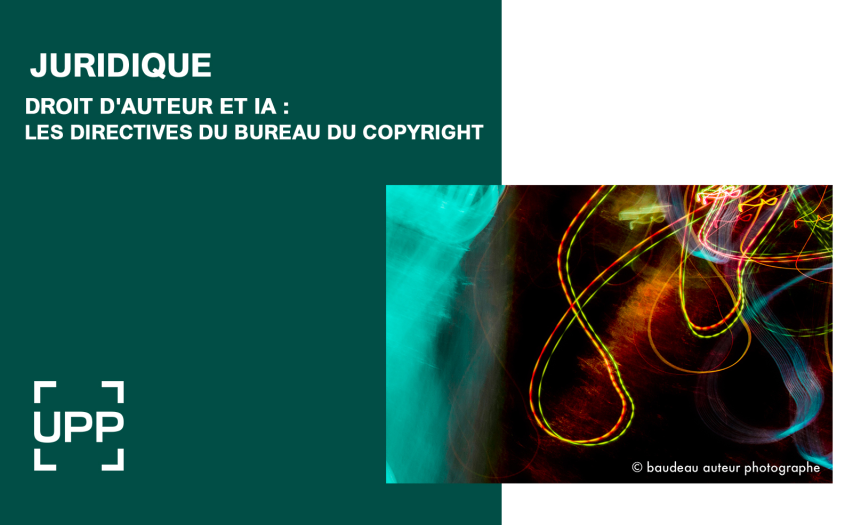
Copyright and AI: guidelines from the Copyright Office
As artificial intelligence systems provide human minds with new media for expressing their creativity, the question of copyright on hybrid human/IA works is becoming increasingly pressing. The U.S. Copyright Office's policy statement published on March 15 sheds light on how U.S. law envisages copyright protection for such content.
1. Background.
While under French law, copyright arises from the moment a work of the mind takes shape, this is not the case under American law. To obtain a copyright on a creation, an application must be made to the US Copyright Office (USCO). It is up to this institution to determine whether or not copyright protection applies, after studying the file submitted by the applicant.
In February, the Copyright Office annulled the copyright of a comic strip by artist Kris Kashtanova, to great fanfare, when the artist revealed that her images had been produced by Midjourney. The text and arrangement of the written and visual elements of "Zarya of the Dawn" retained US copyright protection. The AI-generated images, on the other hand, could not be copyrighted, since according to a historic legal definition, only human authors of creative works can register works.
Numerous other cases are currently before the courts. In order to limit litigation, the USCO issued a statementof policy last Wednesday, March 15, whose guidelines reiterate the fundamentals of copyright.
2. USCO rules: the principle of the human autorat
1. A photograph can be protected by the Copyright Act, even though it is created by an apparatus. The USCO reiterates its 1884 decision. The author is the one to whom the work owes its origin, its initiator, its creator, the one who carries out a work of science or creation, even if he uses a mechanical tool to create it.
2. To obtain protection under the Copyright Act, the work must be created by a human author. According to Supreme Court case law, copyright is "the exclusive right of a man to the production of his own creative or intellectual work." The term author excludes non-humans, and therefore primarily AI technologies.
3 For a work to be protected by the Copyright Act, its author must exercise intellectual and creative control over it, and the Office therefore refuses to register works produced by machines or mechanical processes that operate randomly or automatically and without the creative contribution or intervention of a human author.
4. As for works created with AI systems, the Office distinguishes between those in which the work is carried out by a human author, the AI being a simple assistance tool, and those in which the elements underlying the autorat (artistic expression, selection, formatting, etc.) have been conceived by a machine..) have been designed by a machine. In other words: is the work the result of the author's own mental conception?
- Generating AI works through "prompts" (texts provided to the AI to influence productions) alone does not represent a user-controlled process, as it is not possible to predict what the AI will produce. This is tantamount, says the USCO, to giving "instructions to a commissioned artist", as users have no final creative control over how the system interprets prompts and generates productions.
- Works containing AI productions but with sufficient human authorisation can give rise to copyright protection: "creative" (original) selection and/or formatting, substantial modifications enabling copyright protection. In such cases, copyright will protect only the human part of the work, not the AI productions. The USCO thus confirms its recent decision concerning the comic strip "Zarya of the Dawn".
- works in which AI is used as a simple assistance tool (Photoshop editing tools, for example, or guitar pedal effects in a musical work), could be protected by copyright, if the human author possessed creative control over the expression of the work and gathered the classic elements of authorisation.be protected by copyright, if the human author possesses creative control over the expression of the work and assembles the classic elements of authorship.
3. Guide for copyright applicants
the USCO asks authors applying for copyright to specify in their application whether they have included an AI production in their work, and to detail the human contribution in the creation of the work presented.
It gives precise explanations on how to fill in the form, or how to modify an application already submitted, in the case of works created with AI-generated content.It also undertakes to support authors who are unsure about how to apply for protection for hybrid works, so that decisions can be made on a "case-by-case" basis.
Any copyright application which deliberately fails to mention the use of an AI, or even the details of the role played by the AI in the creation of a work, could be refused registration and therefore copyright protection. These works would then remain available for copying, without their creator being able to sue the user for infringement.
The USCO concludes its statement by announcing consultations, professional hearings and studies to share new guidelines in the coming months. The listening sessions will include an event dedicated to the visual arts on May 2. Stakeholders in AI issues (artists, AI developers, R&D, lawyers...) will take part in this debate.
He also announced that an investigation would be launched into the thorny issue of AI's use of copyrighted works for training, and the status of the resulting productions.
Stay tuned, especially on the page set up for this purpose: https: //www.copyright.gov/ai/
Stéphanie de Roquefeuil


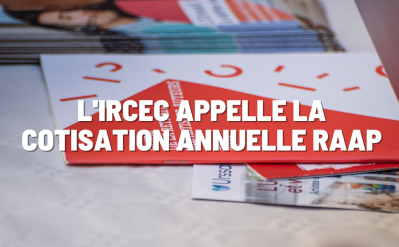
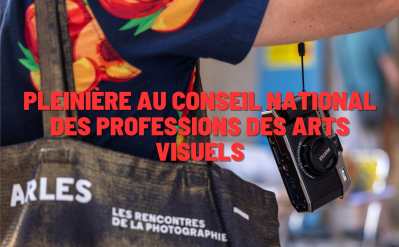
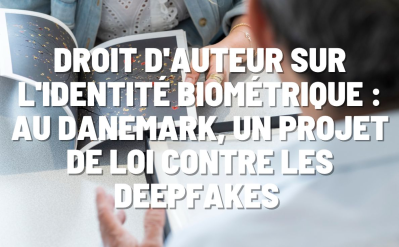
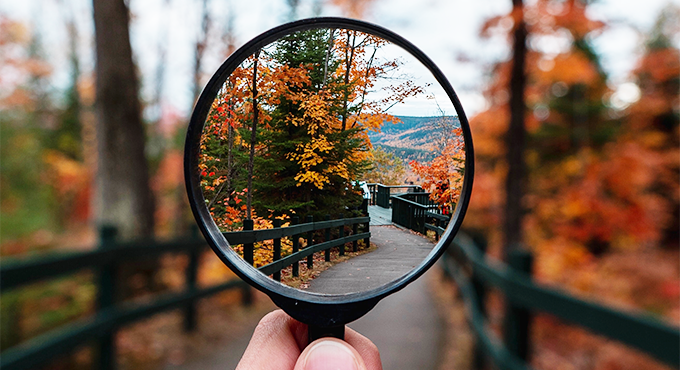
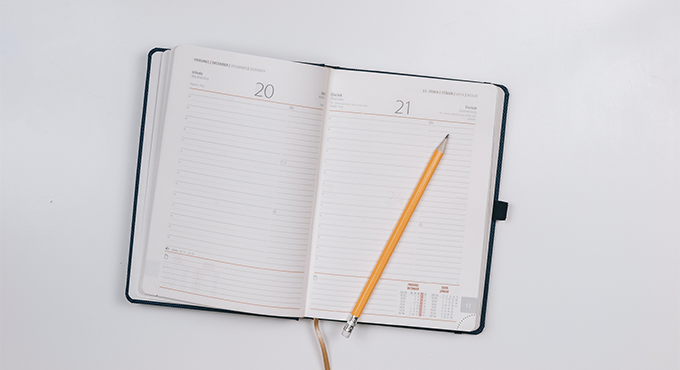
No comment
Log in to post comment. Log in.